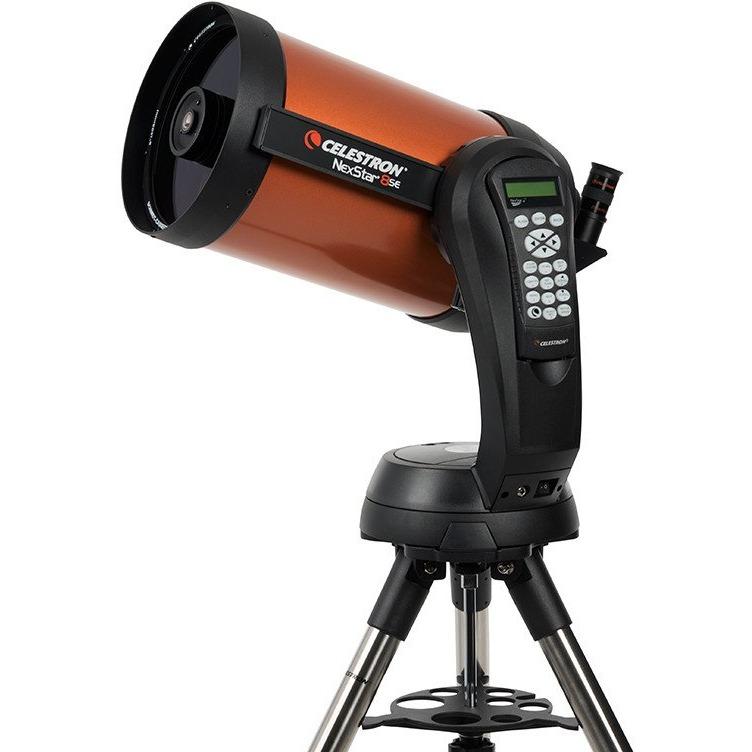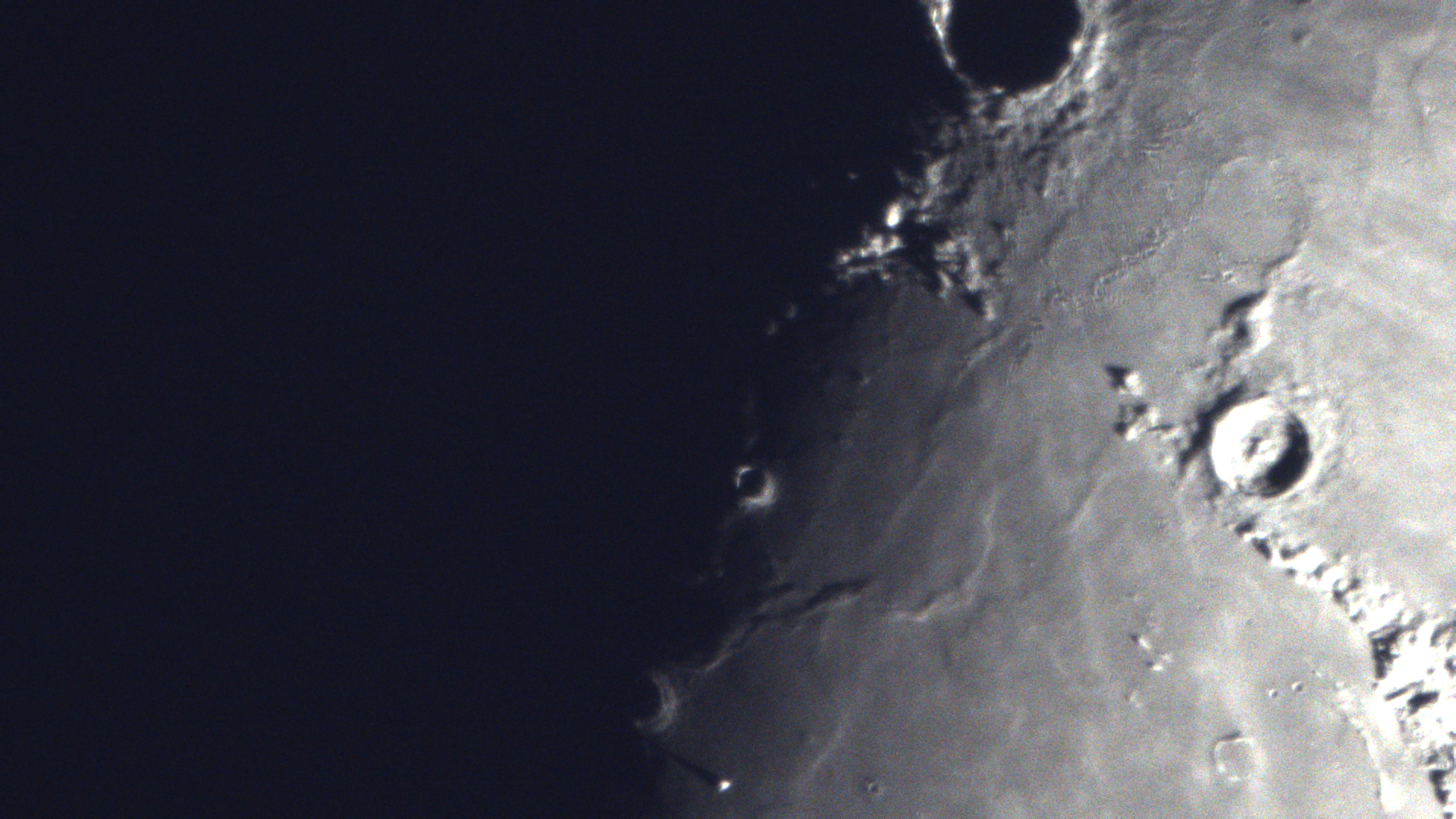Should you get the Celestron NexStar 8SE

updated 11/28/2023
Overview
The Celestron NexStar 8SE is certainly the best telescope for just over a thousand dollars. It is a computerized telescope, meaning you can set it up to find objects for you. The optical tube has an 8-inch diameter so it has plenty of light-gathering ability. All of the major celestial objects like Jupiter, Saturn, star clusters, etc. come to life with the NexStar 8SE. Here are my thoughts after several years of using it.
What it comes with.
The telescope comes in three main components: the optical tube, tripod, and mount. Unfortunately, the only eyepiece included is a 25mm eyepiece, meaning you will have to spend some extra money on more accessories. If you get it, remember to keep the boxes so you can transport it easier!
What you can see:
The Moon:

The moon is perhaps the best object to view through any telescope. This is no exception with the NexStar 8SE. A 25-30mm eyepiece presents an amazing view of the entire moon and you can zoom into craters and mountain ranges with higher magnitude eyepieces. Here is a picture I got with Celestron's Skyris camera. (It looks even better looking through the eyepiece!)
The Sun:
If you get a sun filter, you can observe the sun, where you can see sunspots if it is the correct time of the cycle. A sun filter is also great for viewing solar eclipses and the rare transits of Mercury and Venus.
Mercury:
If you are out at the right time, you can catch Mercury in the sunset or sunrise. Mercury goes through phases just like the moon
Venus:
Like a better version of Mercury. As the brightest planet in the sky, Venus' phases are much more interesting to look at. Venus is especially cool when it is a crescent.
Mars:
Mars has the most variability of brightness out of all the planets. At its brightest, you can faintly see the ice cap and a distinction between lighter and darker areas on Mars' surface. When Mars is not near opposition and not very bright, it simply looks like an orange disk.
Jupiter:
One of the best objects to view. Several red sripes are visible along with the four Galilean moons. Sometimes, Jupiter's moons will transit the sun, leaving an eclipsed dark circle on Jupiter. You can also see the great red spot if you have a good eye and are out at the right time.
Saturn:
Also one of the best objects to observe. Saturn looks very yellow and the rings are clearly visible. If you have a sharp eye, you can see a gap between various rings and a faint stripe in Saturn's northern hemisphere. Titan, Saturn's largest moon, is also visible.
Uranus and Neptune:
Not much to see here. Uranus looks like a pale green dot and Neptune looks like a dim star. You will have trouble distinguishing them from the stars around them.
Dwarf Planets
Not much to see here. The only dwarf planets you could see are large asteroids like Ceres and Vesta and even then, they just look like stars. Unfortunately, Pluto and Eris are too small and far away to see.
Nebulae
The Orion Nebula looks fantastic. Unfortunately, the eye can't pick up color, so nebulae look gray. This goes for all deep sky objects.
Star Clusters
Star clusters are some of the best deep sky objects to look at with a telescope. They look like an explosion of stars and are interesting to observe.
Galaxies
Most galaxies just look like gray blurs, but they are still fun to find and contemplate how far away they are.
Reccomended Accessories
The NexStar telescopes only come with one eyepiece, which means you will need to spend some money on accessories. Here are a few accessories I recommend for this telescope:
More Eyepieces
The Celestron NexStar 8SE only comes with one 25mm eyepiece. If you are interested in deep sky objects, you should purchase 2 inch eyepieces. A more zoomed in eyepiece like a 15mm will be better for viewing planets. I recommend the Celestron Luminos eyepieces as they have an extremely wide field of view.
2-inch star diagonal
If you get 2-inch eyepieces, you will need a new star diagonal that can fit them as the diagonal included only fits 1.25 eyepieces. This can be pricy, costing upwards of $170, but it is well worth it for looking at the Milky Way, galaxies, nebulae, and star clusters.
Moon Filter
The moon is extremely painful to look at without a moon filter because it is so bright. A moon filter is $20 well spent.
Dew Shield
If you are out at night long enough, dew will build up on the lens of the telescope, especially if you live in a humid area. You can get a cheap dew shield that will slow dew build up (plus it makes the telescope look much cooler).
Tripod Pads
When you are using a highly magnified eyepiece, something as simple as a light breeze or a tap on the scope can disturb your view. Fortunately, there are pads that you place at the bottom of each tripod leg that absorb most of the shock, making the view much more stable. This may be the most important accessory you get and they are only $50.